CASE STUDY 01
IN CONVERSATION WITH MARY & CEDRIC
IN CONVERSATION WITH MARY & CEDRIC
OF BURGERS ARCHITECTURE
Burgers Architecture is an award-winning, immersive, multi-generational architecture and interior design firm in West Vancouver, BC. They believe that too often, luxury residences are designed only to impress—to be seen but not truly experienced. They help discerning clients throughout the Pacific Northwest to create warm & welcoming homes that exhibit a harmonious blend of health & wellness and energy efficiency, all embodied in award-winning architecture.
@and_light
@burgersarchitecture
@and_light
@burgersarchitecture
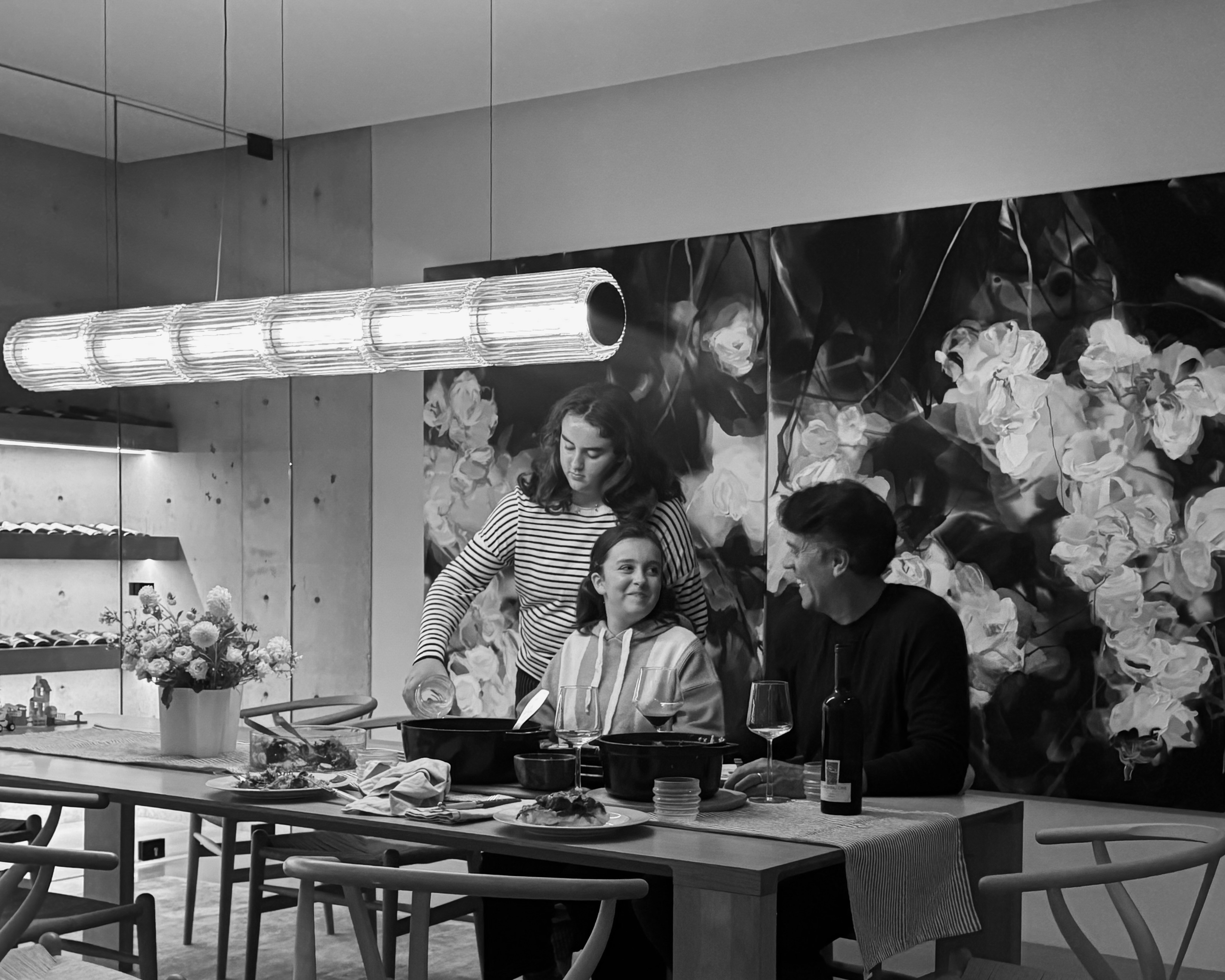
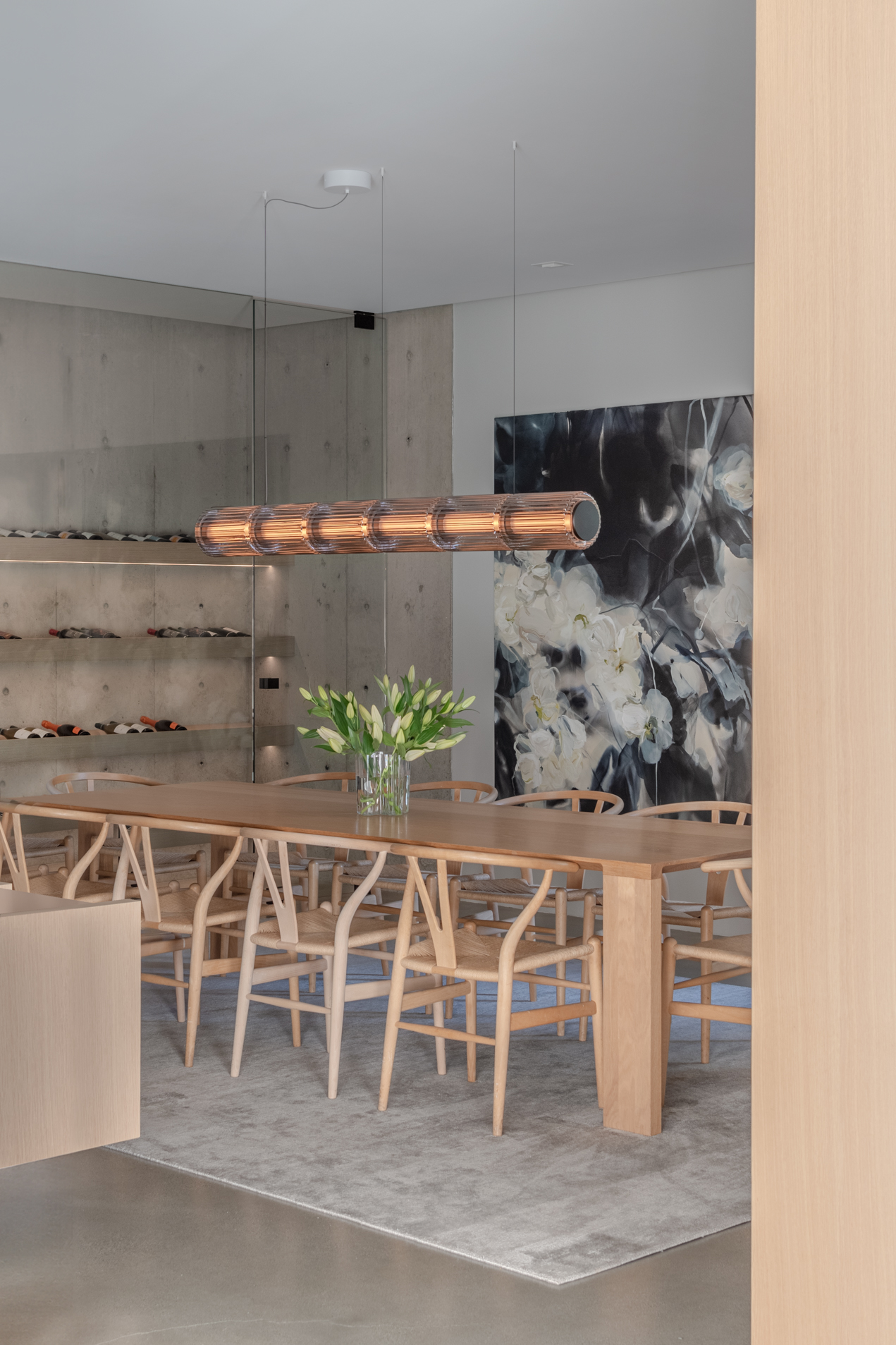
A-N-D: Do you begin a design with lighting in mind, or do you refine it later?
Burgers Architecture (BA): Artificial lighting is introduced later in the design process—once we’ve fully understood how natural light behaves within the space. At that point, we begin to consider how artificial light can enhance or complement the qualities of daylight. The goal is not to replace natural light but to echo its drama and subtlety—particularly in the transition from day to night. What’s particularly compelling about A-N-D fixtures is how they support the natural rhythms of the day. Most are dimmable, allowing us to start with a bright, cool light in the morning and gradually shift to warmer tones as evening sets in. The Column is a great example—it emits a cooler tone at full brightness, then softens to a warm glow as it's dimmed, effectively mimicking the changing colour temperature of natural light over the course of a day.
That alignment with the natural lifecycle of light is something we value deeply. It creates a continuity between architecture, time, and the lived experience within a space.
A-N-D: What made you choose the placement of your Column pendant? Was it most important to have a malleable colour temperature within the dining room?
BA: We originally had a really beautiful pendant over the dining room that was graphic and sculptural. It looked amazing, but it didn’t dim properly, and the shape actually affected the sound in the space. When we switched to the Column pendant, it gave us the best of both worlds—something clean and architectural above the table, but also practical with adjustable light and temperature. For us, the placement was really about making the table feel like the heart of the room while keeping things comfortable and flexible for everyday life.
Burgers Architecture (BA): Artificial lighting is introduced later in the design process—once we’ve fully understood how natural light behaves within the space. At that point, we begin to consider how artificial light can enhance or complement the qualities of daylight. The goal is not to replace natural light but to echo its drama and subtlety—particularly in the transition from day to night. What’s particularly compelling about A-N-D fixtures is how they support the natural rhythms of the day. Most are dimmable, allowing us to start with a bright, cool light in the morning and gradually shift to warmer tones as evening sets in. The Column is a great example—it emits a cooler tone at full brightness, then softens to a warm glow as it's dimmed, effectively mimicking the changing colour temperature of natural light over the course of a day.
That alignment with the natural lifecycle of light is something we value deeply. It creates a continuity between architecture, time, and the lived experience within a space.
A-N-D: What made you choose the placement of your Column pendant? Was it most important to have a malleable colour temperature within the dining room?
BA: We originally had a really beautiful pendant over the dining room that was graphic and sculptural. It looked amazing, but it didn’t dim properly, and the shape actually affected the sound in the space. When we switched to the Column pendant, it gave us the best of both worlds—something clean and architectural above the table, but also practical with adjustable light and temperature. For us, the placement was really about making the table feel like the heart of the room while keeping things comfortable and flexible for everyday life.
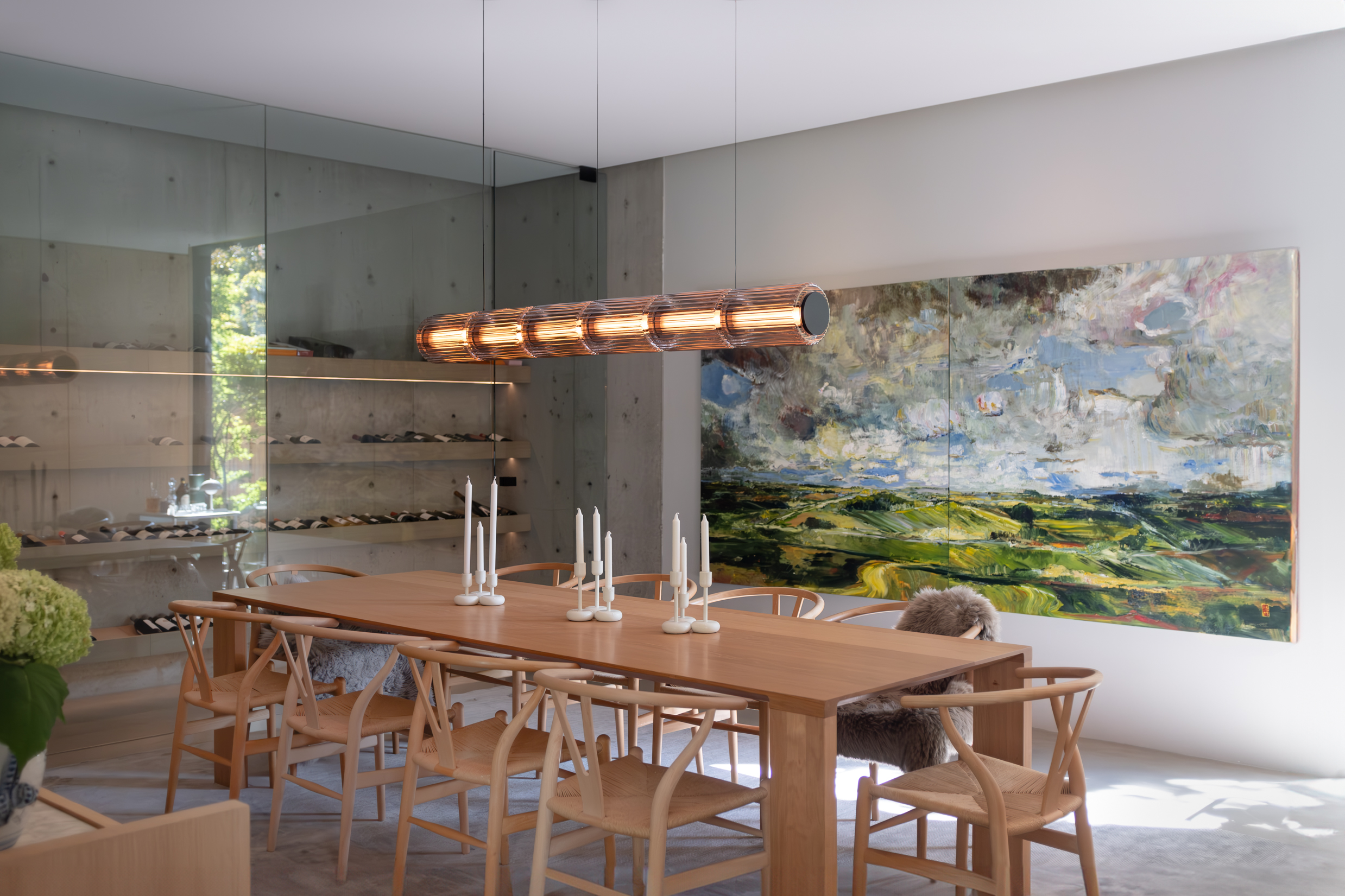
“What’s particularly compelling about A-N-D fixtures is how they support the natural rhythms of the day. Most are dimmable, allowing us to start with a bright, cool light in the morning and gradually shift to warmer tones as evening sets in.”
–Mary Burgers
A-N-D: How do you see A-N-D’s design philosophy aligning with your own?
BA: From my perspective, what I deeply appreciate is the sense of playful innovation in the work. As I mentioned earlier, each fixture is distinct—there’s a remarkable breadth of variety—yet every piece feels highly resolved. That level of accomplishment across such a diverse portfolio really resonates with me. In many ways, it runs parallel with our own design philosophy. While our projects may differ significantly in form and context, what remains consistent is our approach: we always design from the inside out. We begin with the "guts"—the way people live, what they touch, the patterns of daily life—long before we consider the architectural shell. The shell, for us, is a response to those internal conditions. And then there’s an ongoing dialogue: we develop the interior, test the envelope, and as the exterior evolves, we return to refine the inside. It’s an iterative process that constantly moves between interior and exterior, use and form.
When I look at A-N-D fixtures, I see a similar process at play. There’s a clear dialogue between the internal technology—the functional core—and the expressive outer form. That back-and-forth, that iterative refinement, is what defines good design.
BA: From my perspective, what I deeply appreciate is the sense of playful innovation in the work. As I mentioned earlier, each fixture is distinct—there’s a remarkable breadth of variety—yet every piece feels highly resolved. That level of accomplishment across such a diverse portfolio really resonates with me. In many ways, it runs parallel with our own design philosophy. While our projects may differ significantly in form and context, what remains consistent is our approach: we always design from the inside out. We begin with the "guts"—the way people live, what they touch, the patterns of daily life—long before we consider the architectural shell. The shell, for us, is a response to those internal conditions. And then there’s an ongoing dialogue: we develop the interior, test the envelope, and as the exterior evolves, we return to refine the inside. It’s an iterative process that constantly moves between interior and exterior, use and form.
When I look at A-N-D fixtures, I see a similar process at play. There’s a clear dialogue between the internal technology—the functional core—and the expressive outer form. That back-and-forth, that iterative refinement, is what defines good design.
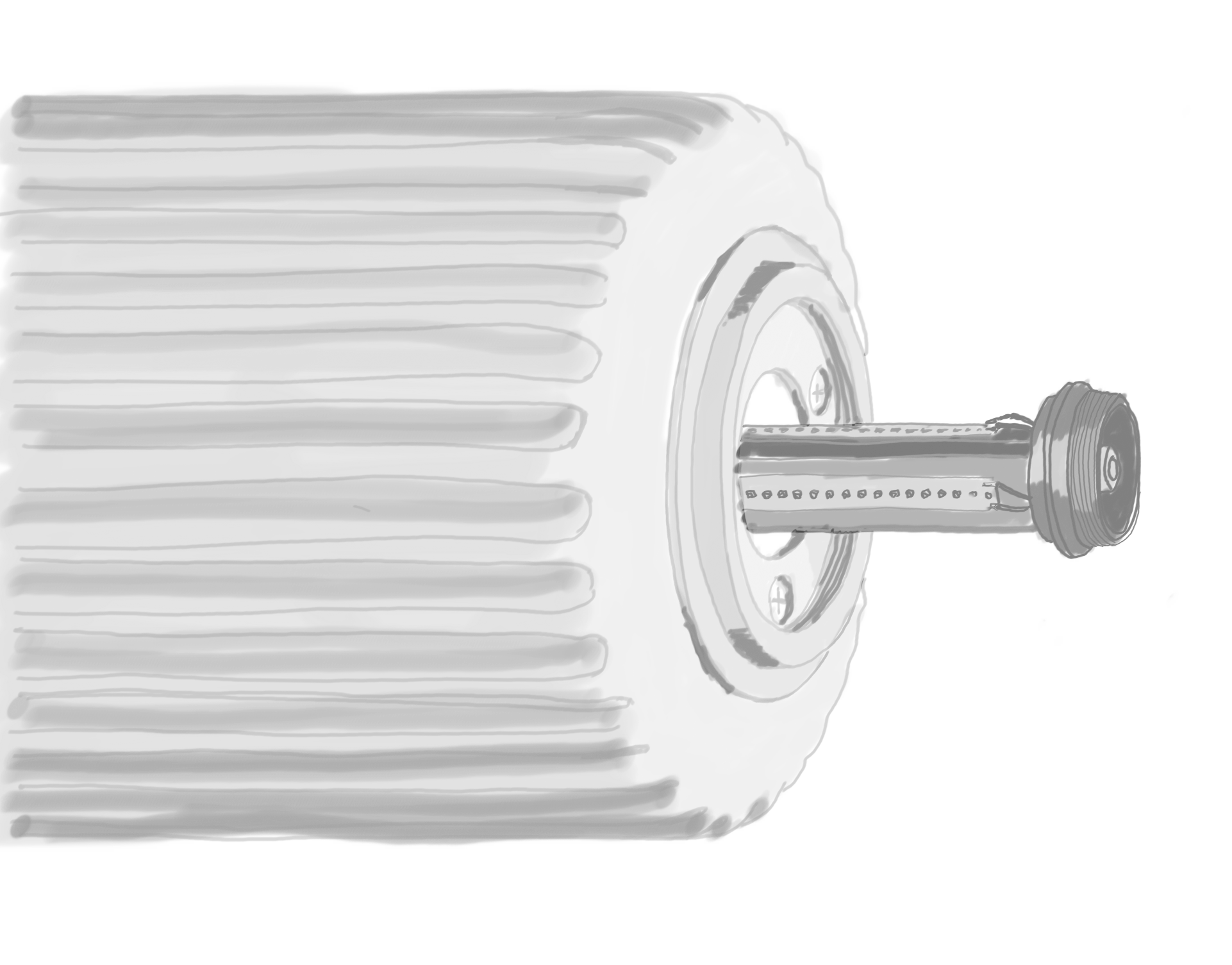
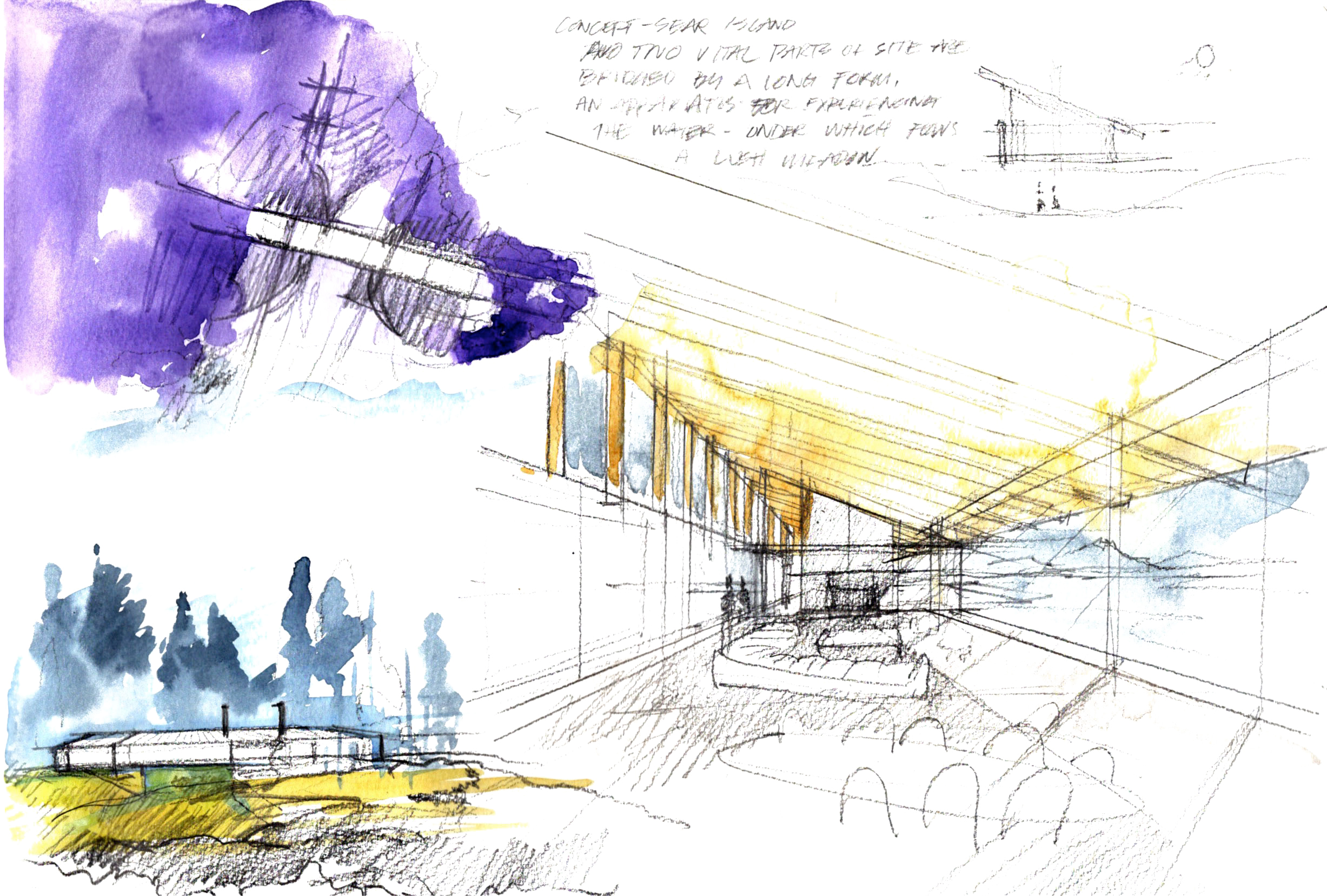
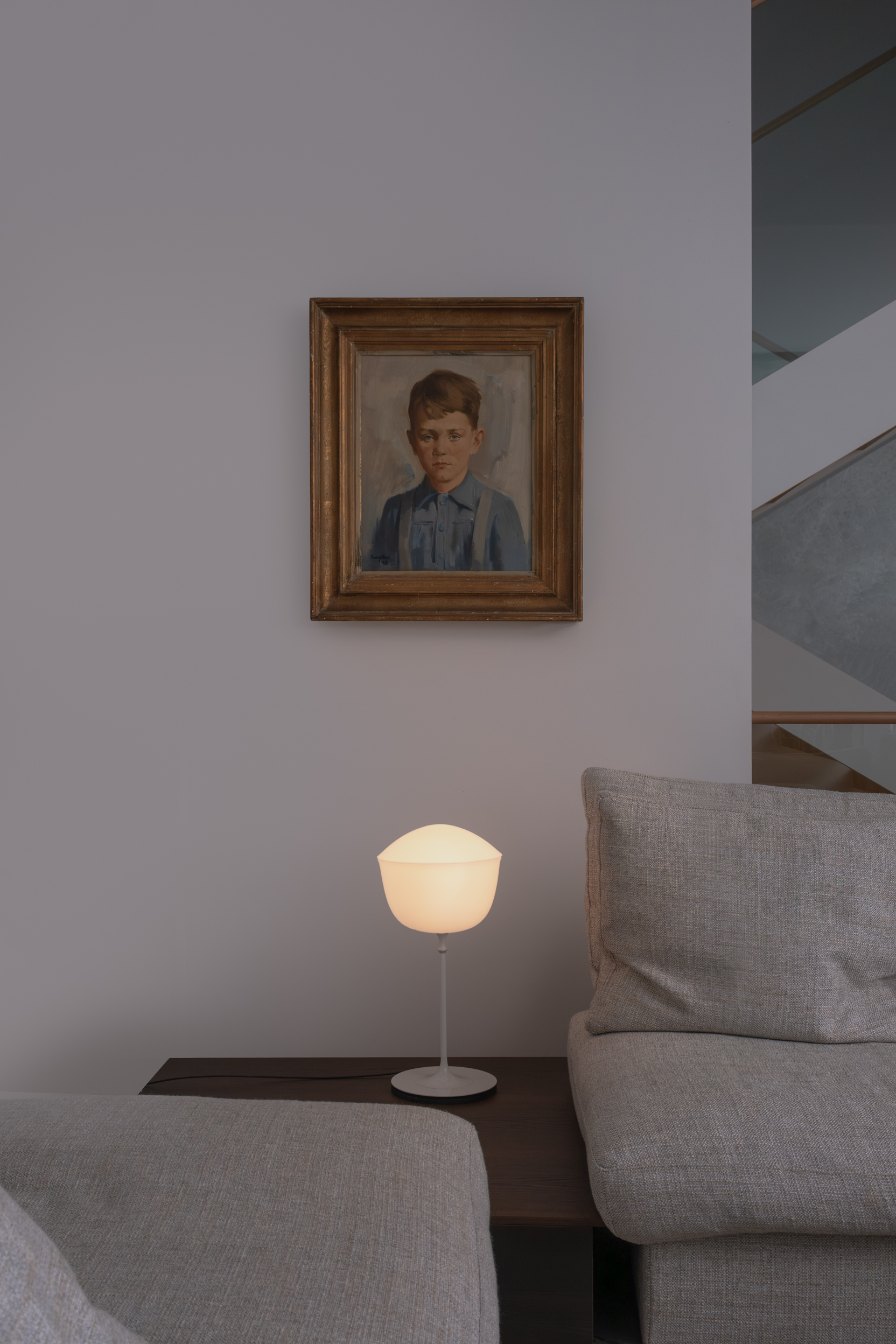
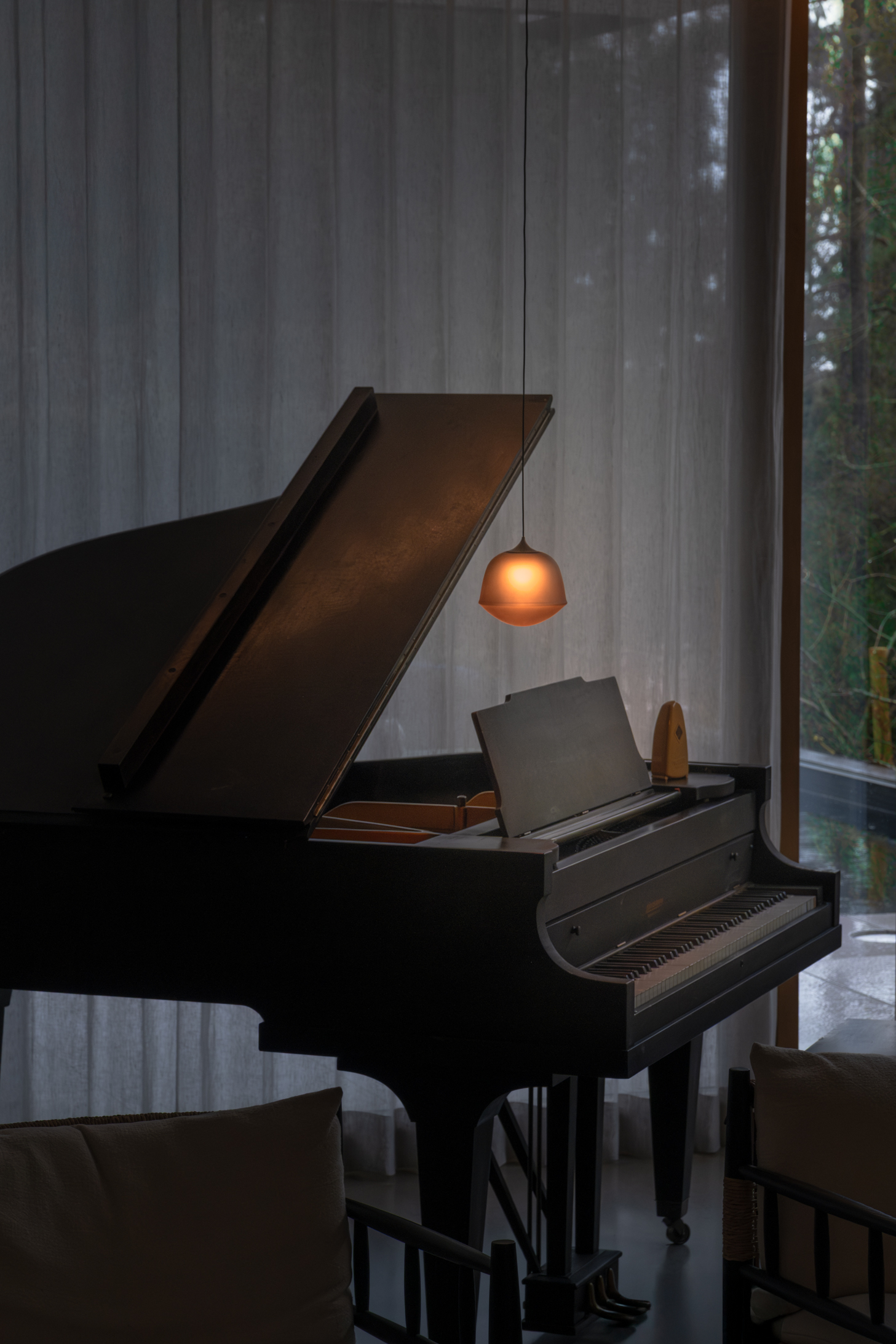
A-N-D: In your experience, what sets A-N-D apart from other lighting brands?
BA: What sets A-N-D apart is their unwavering commitment to original thought and the way they consistently articulate technology through design. Their work is conceptually rich and technically refined—every piece feels intentional, never decorative for the sake of it. There’s a quiet confidence in their designs that gives them a lasting, architectural presence.
BA: What sets A-N-D apart is their unwavering commitment to original thought and the way they consistently articulate technology through design. Their work is conceptually rich and technically refined—every piece feels intentional, never decorative for the sake of it. There’s a quiet confidence in their designs that gives them a lasting, architectural presence.
A-N-D: What is your relationship to shadow?
BA: There is a great book called In Praise of Shadows that changed our minds on how we think about light—not just as illumination, but as atmosphere. There’s so much beauty in restraint. We shouldn’t be afraid of darkness in a space; in fact, we can welcome it.
A-N-D: How do you approach darkness and shadows in your spaces?
BA: Shadow creates mood, texture, and a sense of calm that full brightness often flattens. Our media room is a good example of that philosophy. It’s intentionally dark, almost cocoon-like. Tucked into the corner, Caine’s vertical Pipeline floor lamp is subtle but sculptural. It’s a light that creates dimension to define the edges of the room while still preserving the strength and beauty of its shadows.
BA: There is a great book called In Praise of Shadows that changed our minds on how we think about light—not just as illumination, but as atmosphere. There’s so much beauty in restraint. We shouldn’t be afraid of darkness in a space; in fact, we can welcome it.
A-N-D: How do you approach darkness and shadows in your spaces?
BA: Shadow creates mood, texture, and a sense of calm that full brightness often flattens. Our media room is a good example of that philosophy. It’s intentionally dark, almost cocoon-like. Tucked into the corner, Caine’s vertical Pipeline floor lamp is subtle but sculptural. It’s a light that creates dimension to define the edges of the room while still preserving the strength and beauty of its shadows.
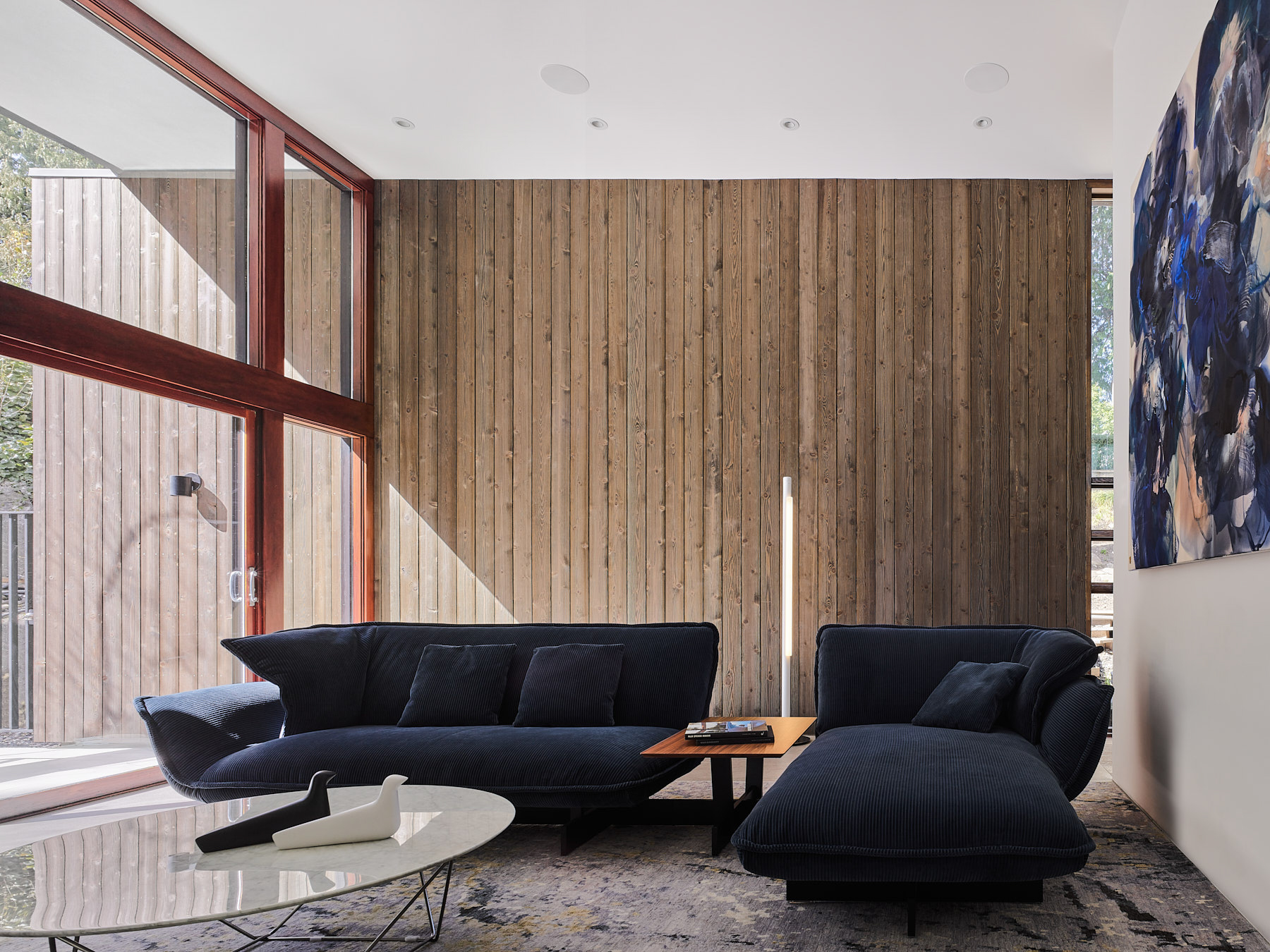
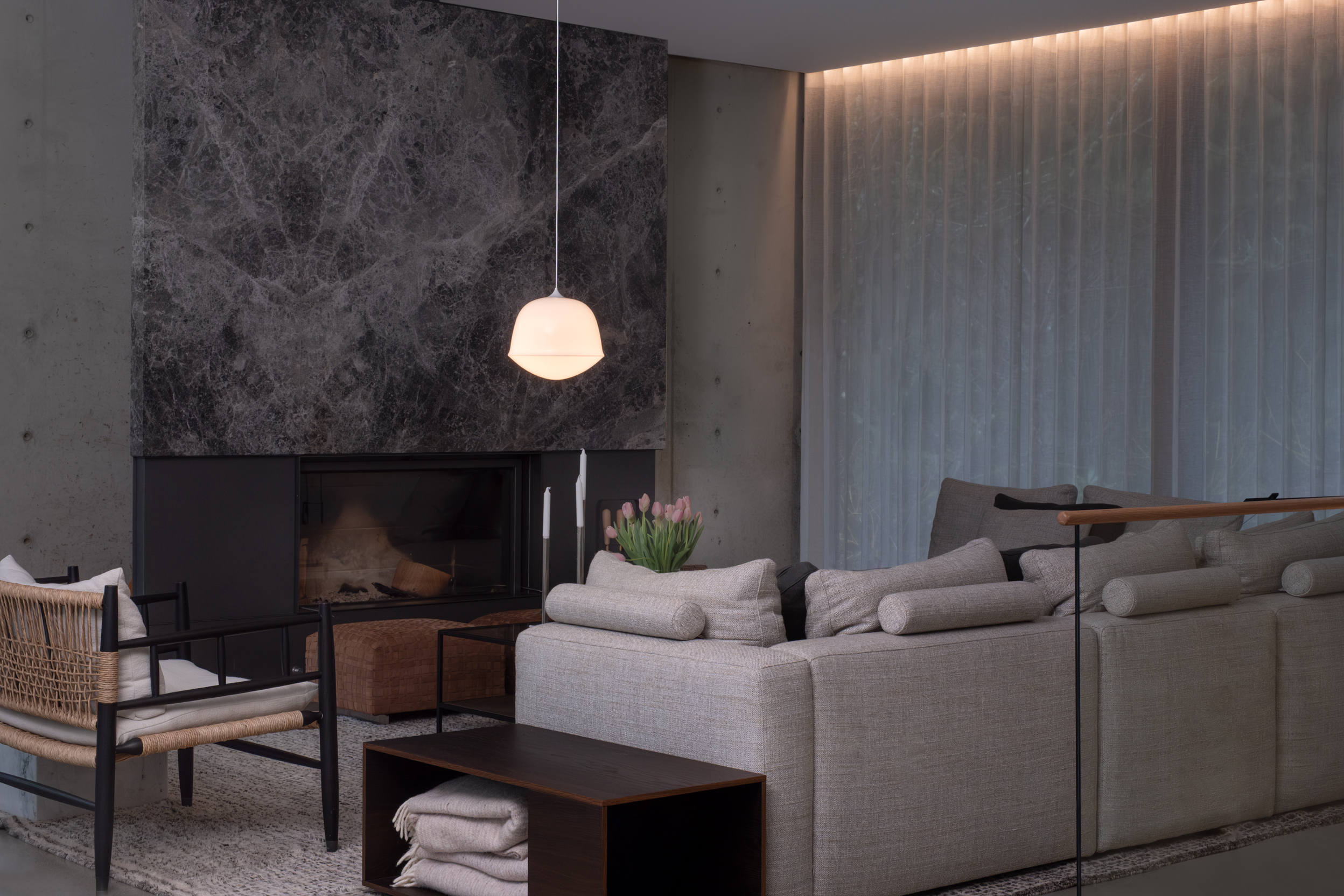
A-N-D: How do A-N-D fixtures contribute to the atmosphere or story of your space?
BA: First and foremost, we've had a longstanding relationship with A-N-D. We've always admired the work—there’s a clear expression of innovation and creativity. The approach consistently reflects a deep understanding of both form and technology. When we think about lighting and fixtures for our spaces, it’s one of the first studios we turn to. The portfolio is broad, filled with pieces that are not only visually striking but also technically sophisticated. Continually innovating—pushing the boundaries of LED and glass technologies—and yet each fixture still manages to carry a strong narrative quality.
A-N-D: What does light mean to you, beyond function?
BA: Light, beyond its functional role, has an extraordinary ability to shape mood, atmosphere, and the emotional narrative of a space. It’s one of the most powerful tools we have as architects to bring a space to life—not just in terms of visibility, but in how it makes people feel.
As we touched on earlier, elements like dimmability and colour temperature shifts allow us to choreograph a space through time. That capacity to move from a cool, energizing light to a warm, intimate glow gives light a dynamic, temporal quality—almost like a living part of the architecture.
BA: First and foremost, we've had a longstanding relationship with A-N-D. We've always admired the work—there’s a clear expression of innovation and creativity. The approach consistently reflects a deep understanding of both form and technology. When we think about lighting and fixtures for our spaces, it’s one of the first studios we turn to. The portfolio is broad, filled with pieces that are not only visually striking but also technically sophisticated. Continually innovating—pushing the boundaries of LED and glass technologies—and yet each fixture still manages to carry a strong narrative quality.
A-N-D: What does light mean to you, beyond function?
BA: Light, beyond its functional role, has an extraordinary ability to shape mood, atmosphere, and the emotional narrative of a space. It’s one of the most powerful tools we have as architects to bring a space to life—not just in terms of visibility, but in how it makes people feel.
As we touched on earlier, elements like dimmability and colour temperature shifts allow us to choreograph a space through time. That capacity to move from a cool, energizing light to a warm, intimate glow gives light a dynamic, temporal quality—almost like a living part of the architecture.
